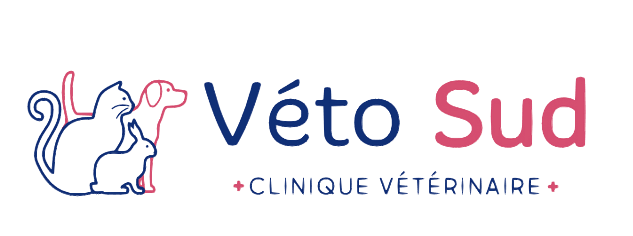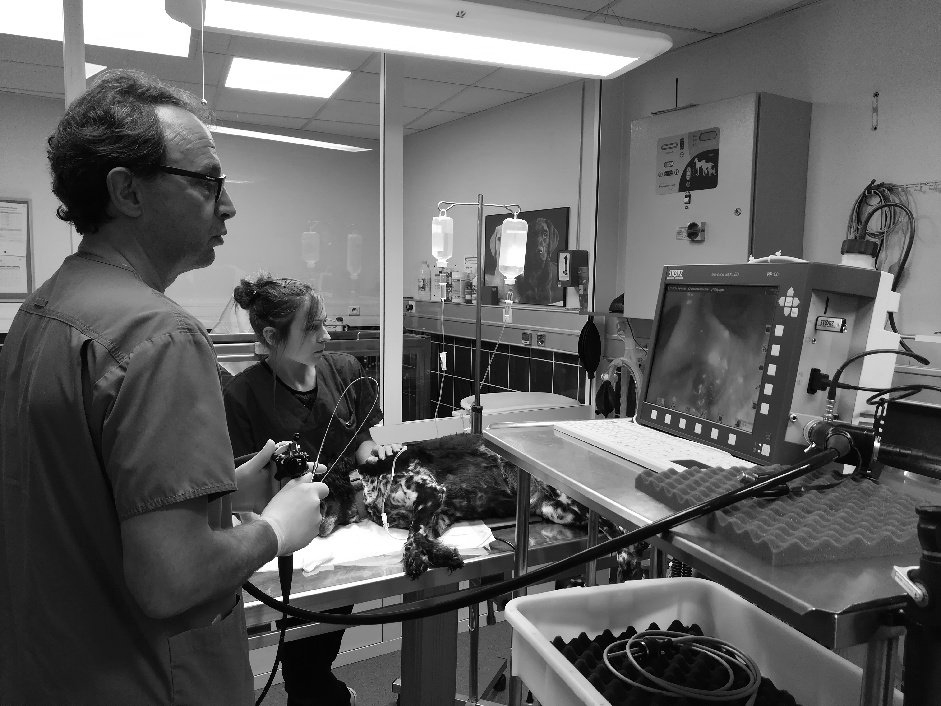Depending on the organ explored, the endoscope can be flexible or rigid.
Endoscopy of nasal cavities and auditory canal:
Endoscopy of the trachea and bronchi:
Digestive endoscopy:
It allows the exploration of the esophagus, the stomach, the proximal part of the
duodenum, colon.
There are many indications for digestive endoscopy: foreign body in the esophagus
or in the stomach (hook, bone, toy...), tumor research, exploration of
vomiting or chronic diarrhea.
Biopsies are frequently performed during endoscopy to clarify the
diagnosis in chronic or recurrent digestive pathology.
Urinary endoscopy:
There are endoscopes of different sizes. Depending on the size of the animal, it is sometimes
possible to perform endoscopy of the urethra and bladder for biopsies
or even to extract urinary stones. In the male dog, the presence of a penile bone is a
limiting factor to this technique.



